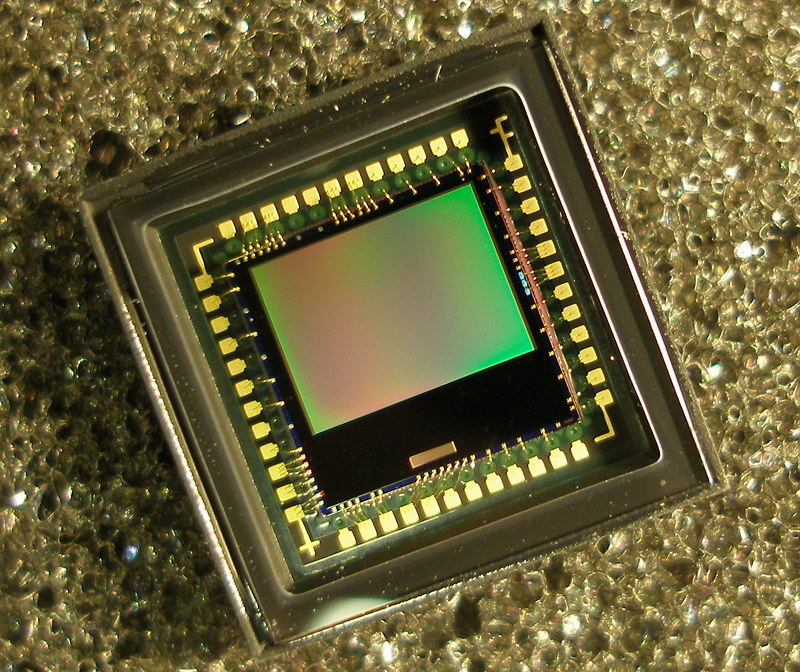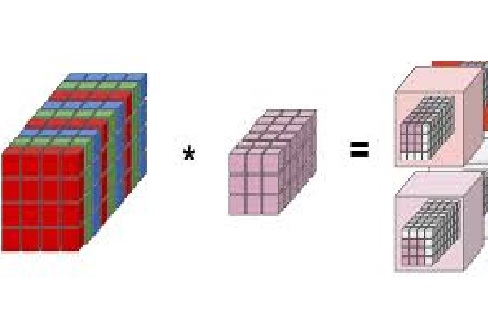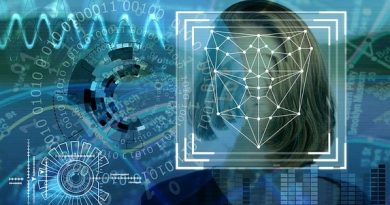Artificial intelligence in computer vision
Artificial Intelligence (AI) has revolutionized numerous industries, and one of its most prominent applications is in computer vision. With the ability to analyze and interpret visual data, AI-powered computer vision systems have unlocked a plethora of possibilities across various domains. This essay aims to provide a comprehensive overview of the role of artificial intelligence in computer vision, exploring its applications, challenges, and potential future developments. By delving into the intricacies of this field, we can better understand the impact of AI in shaping the way we perceive and interact with visual information.
Artificial intelligence has revolutionized computer vision, enabling machines to perceive, interpret, and understand visual data like never before. The applications of AI in computer vision are vast and diverse, ranging from autonomous vehicles to healthcare. However, challenges such as data quality, computational complexity, and ethical concerns must be addressed for the field to reach its full potential. With ongoing advancements in deep learning, explainable AI, and the integration of AI and IoT, the future of AI in computer vision holds great promise. As technology continues to evolve, we can expect AI-powered computer vision systems to reshape industries and improve countless aspects of our lives.
Key Components of AI in Computer Vision:
Image Acquisition and Preprocessing
Image acquisition and preprocessing are vital steps in maximizing the potential of AI in computer vision. By following best practices and employing appropriate techniques, AI practitioners can ensure high-quality data inputs, improve model performance, and address real-world challenges. With continuous advancements in technology and ongoing research in the field, the fusion of image acquisition, preprocessing, and AI will pave the way for innovative applications and transformative breakthroughs.
Best Practices and Future Directions:
Continuous Improvement of Data Collection Processes:
Regularly evaluate and refine data collection strategies to capture diverse and representative datasets. This ensures that AI models can handle various scenarios and generalize well.
Exploring Advanced Preprocessing Techniques:
Stay updated with the latest advancements in preprocessing techniques, such as deep learning-based denoising algorithms or advanced image enhancement methods. Experimenting with these techniques can lead to further improvements in model performance.
Leveraging Automated Preprocessing Pipelines:
Develop automated preprocessing pipelines that integrate seamlessly with AI workflows. This minimizes manual effort and streamlines the data preparation process, enabling faster iterations and scalability.
Integrating AI and Image Acquisition Devices:
Foster collaborations between AI researchers and image sensor/device manufacturers to develop integrated solutions. This enables the development of specialized hardware and software configurations optimized for AI-driven computer vision applications.

Ethical Considerations and Privacy Protection:
As AI technology becomes more pervasive in computer vision applications, ensure that data acquisition and preprocessing adhere to ethical guidelines and prioritize user privacy. Implement robust security measures to protect sensitive data during acquisition and subsequent processing stages.
In conclusion, image acquisition and preprocessing are fundamental pillars in AI-powered computer vision systems. By acquiring high-quality visual data and applying appropriate preprocessing techniques, AI practitioners can improve model accuracy, robustness, and performance. Continual advancements in both hardware and software, along with the adoption of best practices, will propel the field forward, opening up new possibilities and revolutionizing various industries. As AI and computer vision continue to evolve, the integration of image acquisition, preprocessing, and AI will shape the future of visual intelligence, benefiting society in numerous ways.
Feature Extraction
Feature extraction serves as a cornerstone in AI applications, enabling efficient and discriminative representation of visual data. By leveraging handcrafted techniques, deep learning approaches, or hybrid methods, AI practitioners can harness the power of feature extraction for enhanced accuracy, robustness, and efficiency in computer vision tasks. As technology continues to advance, future developments in attention mechanisms, generative models, and explainable feature extraction will further expand the capabilities of AI systems. Through continuous exploration and innovation, feature extraction
Various types of features extraction technique are as follows
1 Handcrafted Feature Extraction Methods
A) Histogram of Oriented Gradients (HOG)
B) Scale-Invariant Feature Transform (SIFT)
C) Speeded-Up Robust Features (SURF)
2 Deep Learning-based Feature Extraction
A) Convolutional Neural Networks (CNNs)
B) Transfer Learning and Pretrained Models
C) Autoencoders and Dimensionality Reduction
3. Hybrid Approaches: Combining Handcrafted and Deep Learning-based Features
A) Feature Fusion and Ensemble Techniques
B) Multimodal Feature Extraction]
Feature extraction plays a pivotal role in Artificial Intelligence (AI) applications, particularly in the realm of computer vision. This unique and detailed essay provides a comprehensive guide on effectively utilizing feature extraction techniques in AI-driven systems. By understanding the principles, methods, and applications of feature extraction, AI practitioners can unlock the potential of visual data representation for improved accuracy and performance.
Image Classification and Object Recognition
Image classification and object recognition are foundational tasks in Artificial Intelligence (AI) that enable machines to understand and interpret visual data. In this detailed essay, we provide a comprehensive guide on effectively utilizing image classification and object recognition techniques in AI-driven systems. By understanding the principles, methodologies, and best practices involved, AI practitioners can harness the power of these techniques to accurately identify and classify objects in images.
Real-World Applications of Image Classification and Object Recognition:
Autonomous Vehicles and Driver Assistance Systems
Surveillance and Security Systems
Medical Imaging and Diagnostics
Robotics and Industrial Automation
Image classification and object recognition in AI hold immense potential for transforming various industries and enabling innovative applications. By adopting the best practices, considering ethical implications, and staying abreast of emerging trends, AI practitioners can continue to push the boundaries of what is possible with visual understanding. As research progresses and technology advances, we can look forward to more accurate, robust, and efficient image classification and object recognition systems that benefit society in numerous ways.
Image classification and object recognition techniques form the bedrock of AI systems, enabling machines to comprehend and analyze visual data. By following the best practices, leveraging traditional machine learning algorithms or deep learning-based approaches, and considering ethical considerations, AI practitioners can build accurate and reliable image classification and object recognition models. As technology advances and new research emerges, the future holds exciting possibilities for continual learning, interpretability, and overcoming challenges in this dynamic field.
Object Detection and Localization
Object detection and localization are critical tasks in the field of Artificial Intelligence (AI), enabling machines to identify and precisely locate objects within images or videos. In this unique and detailed essay, we provide a comprehensive guide on effectively utilizing object detection and localization techniques in AI-driven systems. By understanding the principles, methodologies, and best practices involved, AI practitioners can harness the potential of these techniques to accurately detect and localize objects, opening doors to a wide range of applications.
Deep Learning-based Approaches to Object Detection:
1. Region-based Convolutional Neural Networks (R-CNN)
A) R-CNN
B) Fast R-CNN
C) Faster R-CNN
2. You Only Look Once (YOLO)
A) YOLOv1
B) YOLOv2
C) YOLOv3
3. Single Shot Multibox Detector (SSD)
4. EfficientDet: Achieving Efficient and Accurate Detection
Traditional Approaches to Object Detection and Localization:
1 Sliding Window Technique
2 Feature Extraction and Classification
-> Haar-like Features
-> Histogram of Oriented Gradients (HOG)
->Scale-Invariant Feature Transform (SIFT)
3 Cascade Classifiers for Improved Efficiency
Image Segmentation
Image segmentation is a fundamental task in Artificial Intelligence (AI) that aims to partition images into meaningful and distinct regions. In this meticulously crafted essay, we present a comprehensive guide on effectively utilizing image segmentation techniques in AI-driven systems.
Semantic Segmentation and Scene Understanding:
1 Pixel-wise Classification
2 Encoder-Decoder Architectures
3 Dilated Convolution and Atrous Spatial Pyramid Pooling (ASPP)
4 Conditional Random Fields (CRFs) for Refinement
By understanding the principles, methodologies, and best practices involved, AI practitioners can leverage image segmentation to extract fine-grained details and facilitate advanced image analysis.
Deep Learning-based Image Segmentation Approaches:
1 Fully Convolutional Networks (FCNs)
2 U-Net Architecture
3 SegNet: Encoder-Decoder Network
4 Mask R-CNN for Instance Segmentation
Image segmentation plays a crucial role in AI applications, enabling machines to analyze and interpret visual data with precision. By following the best practices, leveraging traditional or deep learning-based approaches, and







